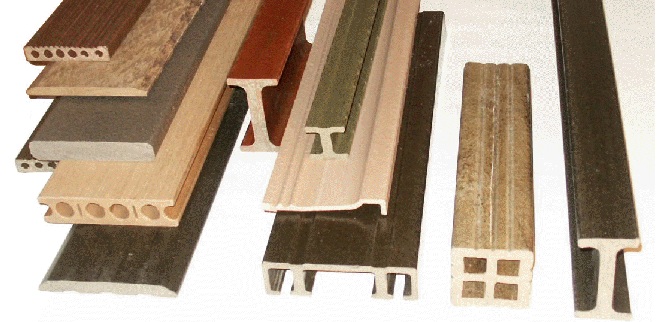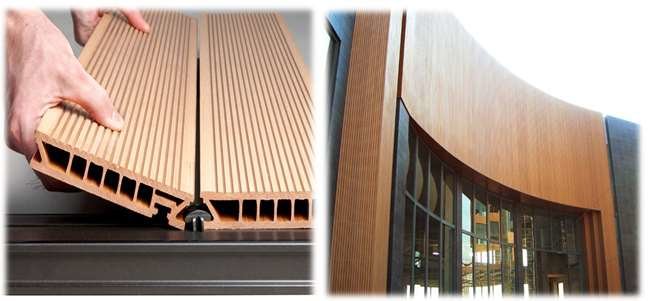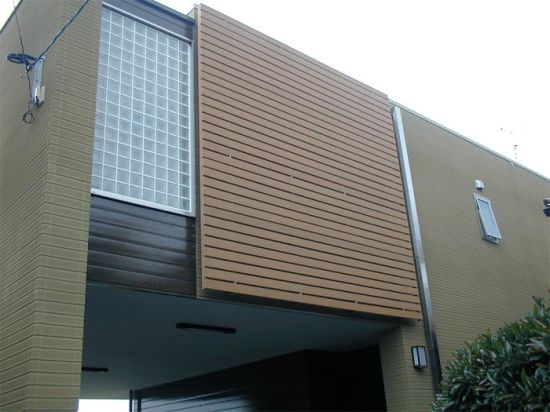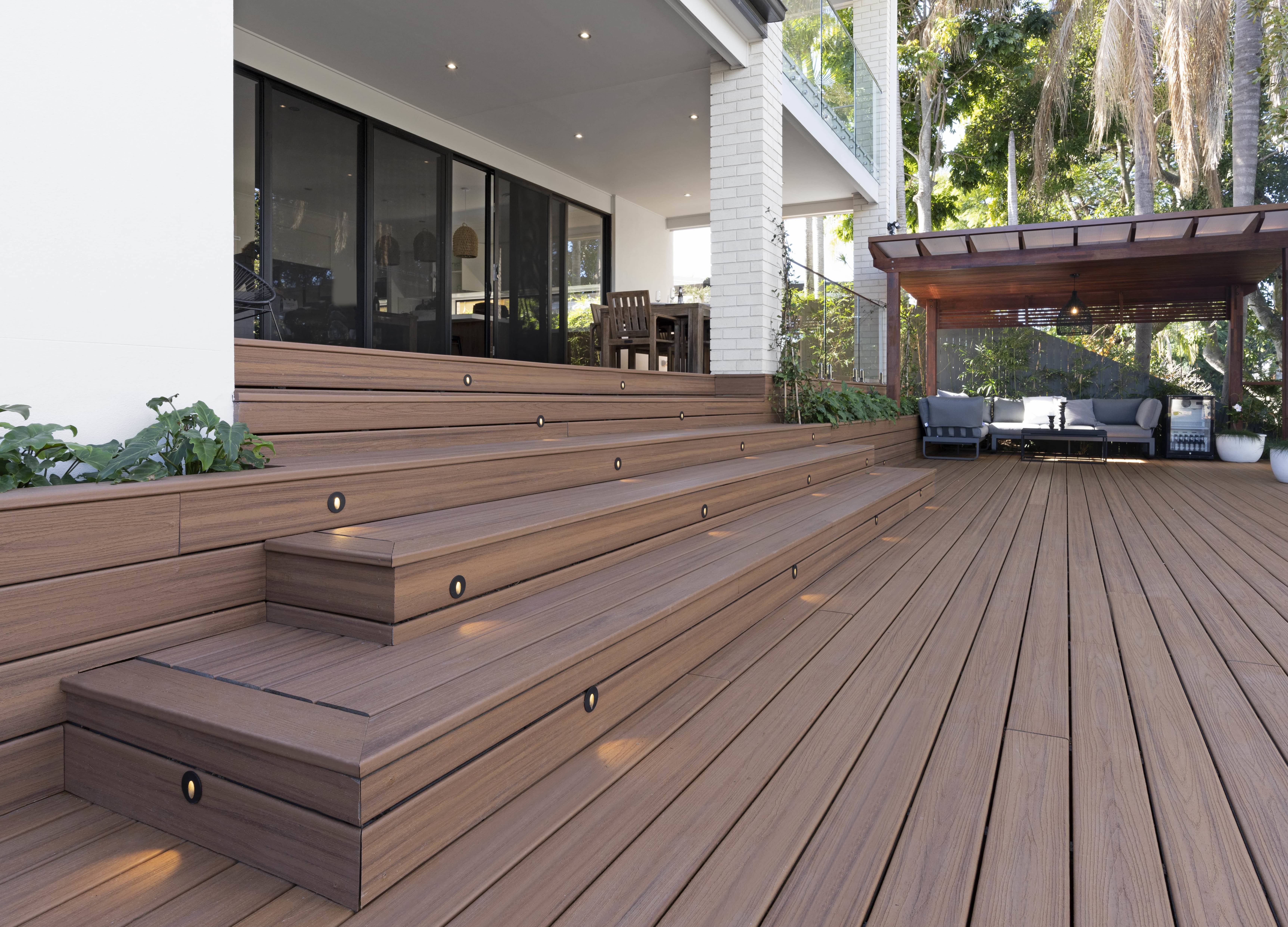Research and Development Trend of Flame Retardant Plastic Wood Composites
Monday, May 29, 2023Wood-plastic composite materials (wood-plastic) refer to thermoplastic polymer materials such as PE (polyethylene), PVC (polyvinyl chloride), PP (polypropylene) and their copolymers, and wood fiber materials such as wood powder and plant seed shells. Raw materials, composite materials made by injection molding, pressing and other molding methods. It has the advantages of both polymer and wood fiber materials, and can partially or completely replace wood in the field of building materials, furniture and packaging. However, the wood fibers and polymers that make up composite materials are flammable materials, making almost all plastic wood flammable. Once a fire occurs, it may cause disasters and cause serious losses to people’s property and life safety. Therefore, the development of plastic wood Research on flame retardancy of wood composites is imperative.

Flame retardant treatment method of plastic wood
Add method
The addition method refers to directly mixing the flame retardant with wood fiber materials and resin materials, and then making flame-retardant plastic-wood composite materials through certain molding methods. This is the most conventional flame retardant treatment method for plastic wood at present, and APP, Al(OH) 3 and so on generally adopt this treatment method. The coating method refers to coating the surface of plastic wood with slurry made of flame retardant to achieve the purpose of heat insulation and oxygen insulation. This method is simple to operate and has little influence on the properties of the material, but once the flame retardant layer is damaged, the flame retardant effect will be invalid. In view of the fact that the coating method may lead to the failure of the flame retardant performance, most of the flame retardants currently use the additive method.
Synergistic Flame Retardant
Synergistic flame retardant refers to compounding two or more flame retardants in a certain proportion to form a composite flame retardant. After adding it to plastic wood, it can overcome the poor anti-drip and smoke elimination effect of a single flame retardant The disadvantage of low performance. The currently used intumescent flame retardants integrate acid source, gas source and carbon source, which have a synergistic flame retardant effect, especially the use of APP is the most typical. The compound use of other types of flame retardants is widely used in wood and plastic flame retardancy, but it is rarely used in plastic wood flame retardancy. Therefore, it can be effectively used for reference from the flame retardant research of materials and plastics.

The flame retardant research of plastic wood is still in its infancy, and there are still many problems to be solved in the process of processing.
1) Most flame retardants are additive-type powder materials, which are generally very polar, have hydrophilic groups, and are incompatible with lipophilic polymer matrices. When the amount added is small, the flame retardant effect cannot be achieved; the amount is large When it is used, it is easy to generate gaps with the matrix interface, reducing the physical and mechanical properties of plastic wood.
2) The flame retardant of wood plastic not only involves the flame retardant of wood and polymer materials, but also is related to the interaction between the two. The flame retardant situation is very complicated, so that some flame retardants suitable for wood or plastic cannot be directly applied Regarding the flame retardancy of WPC, the research shows that the flame retardancy of APP to WPC composites is different from that of plastics. The addition of PER to plastics can significantly improve the flame retardancy of APP, while in WPC, no increase in the flame retardancy of PER has been observed. Effect, this is because the wood fiber material of WPC acts as a carbon source. The research on the flame retardant mechanism of WPC has just started, and there is no very clear report so far.
3) The efficiency of a single flame retardant is low and has a great impact on the physical and mechanical properties of polymer materials. The synergistic effect of multiple flame retardants is a hot spot, but there may be interactive effects or other new effects during the compounding process of various flame retardants. Problems, synergistic mechanism research and flame retardant modification are very critical.

In order to improve the flame retardant effect of WPC and solve the problems encountered in its processing, further research should be done on the modification of WPC flame retardants in the future. It is necessary to comprehensively consider various influencing factors to lay a solid foundation for expanding the application of WPC in other industries.
1) Nanotechnology:
Nanomaterials have surface effects, quantum size effects, and small size effects. Making flame retardants into nanomaterials can make them superior to conventional flame retardants in performance, that is, they have high flame retardancy and good interface compatibility.
2) Graft modification technology:
The purpose of grafting modified flame retardant is to make the flame retardant change from hydrophilic to hydrophobic through the interaction between the chemical coupling agent and the hydrophilic functional group on the surface of the flame retardant, and enhance the phase relationship between the flame retardant material and the polymer matrix. Capacitance, improve its dispersibility in plastic wood, to make up for the adverse effect caused by the addition of flame retardants on the original performance of plastic wood.

3) Microcapsule technology:
Microcapsule technology refers to the use of natural or synthetic polymers as capsule materials to coat solid, liquid, and gaseous substances to form microcapsules with a core-shell structure within a certain particle size range. Through this technology, the physical and chemical properties of the core material in the capsule can be well protected from damage, and the impact of toxic substances on the environment or the human body can be reduced. It is conceivable to coat the flame retardant in the capsule shell of the organic wall material, which can effectively Improve the compatibility of flame retardants and composite material matrix, and enhance the flame retardant effect.